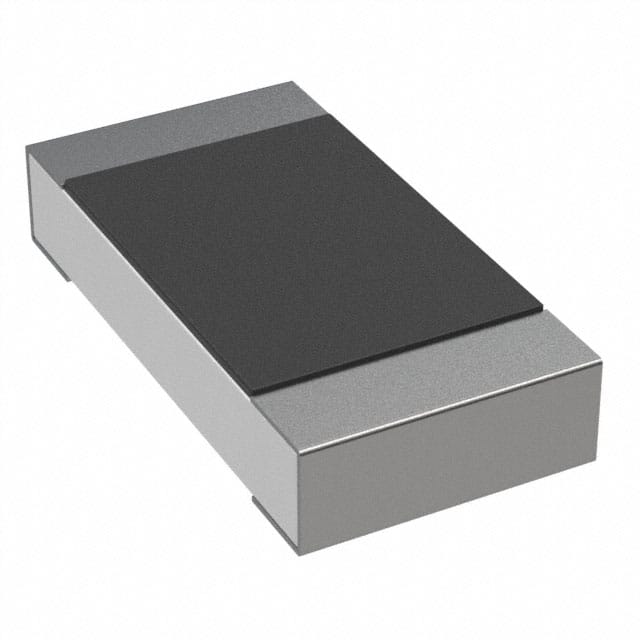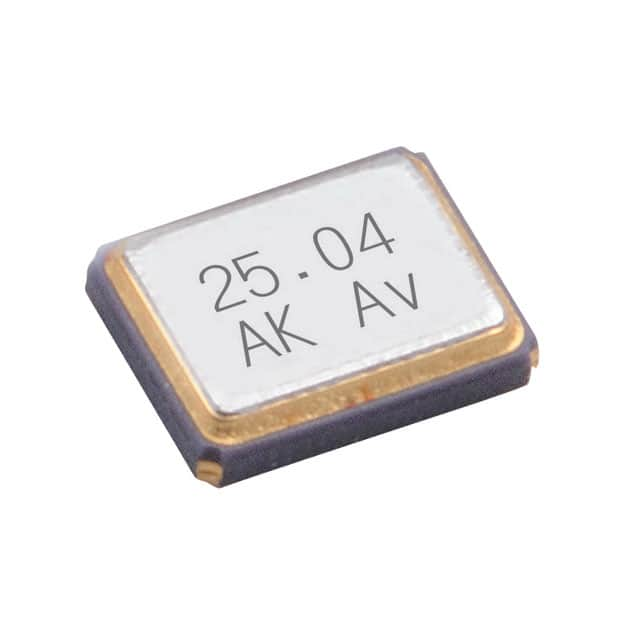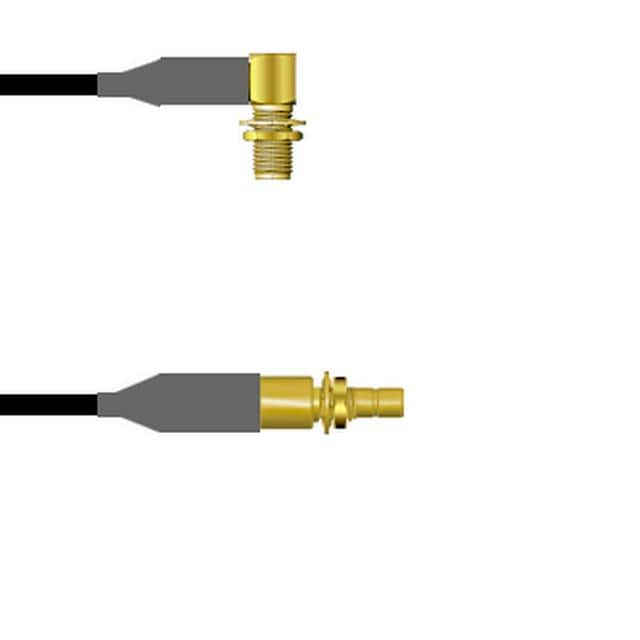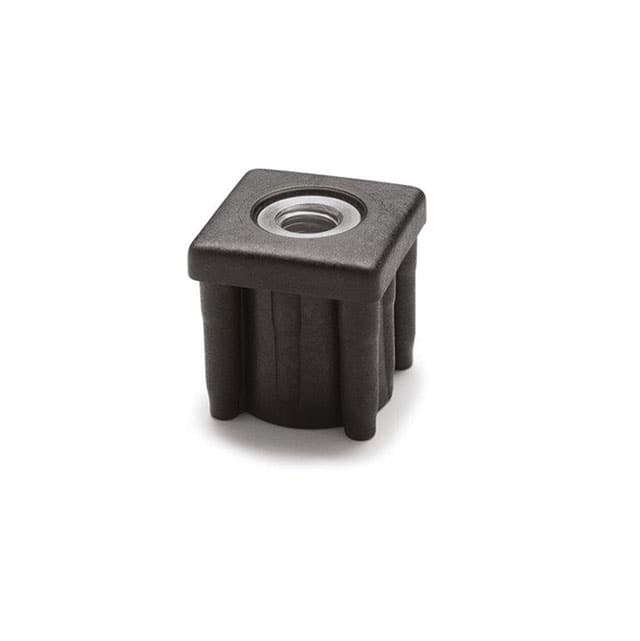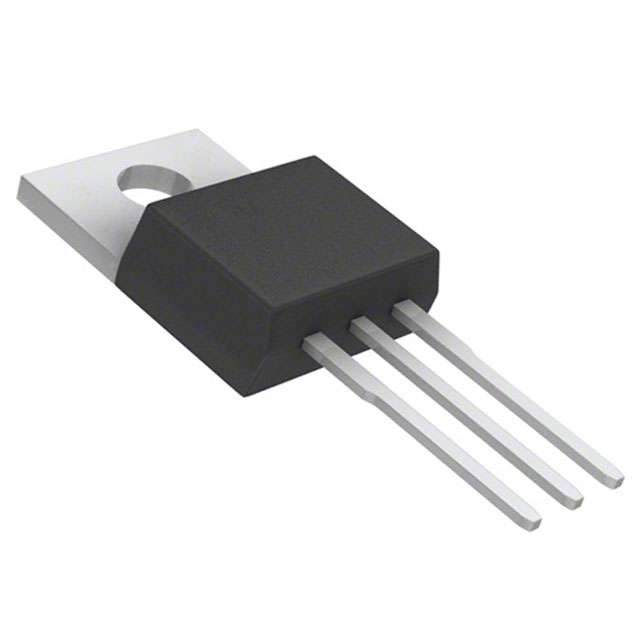AS4C512M16D3LA-10BIN is a type of synchronous dynamic random-access memory (SDRAM) module produced by Alliance Memory.
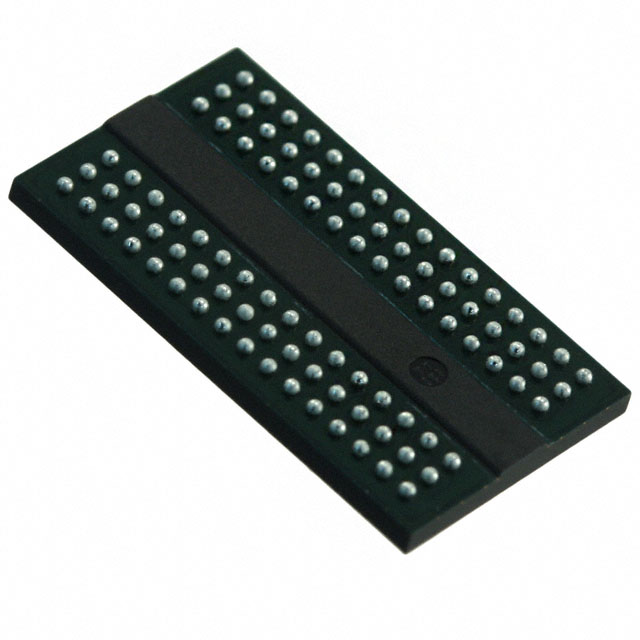
Here's a breakdown of the code:
AS4C: This indicates the type of memory, which in this case is SDRAM.
512M: This refers to the memory capacity, which is 512 megabits (Mb).
16: This refers to the number of data pins on the module, which is 16.
D3: This indicates the type of DDR SDRAM, which is DDR3.
LA: This indicates the package type, which in this case is a 96-ball FBGA package.
10: This refers to the speed of the memory, which is 10 nanoseconds (ns) cycle time.
BIN: This indicates that the memory is sorted and tested to meet specific performance criteria.
Overall, AS4C512M16D3LA-10BIN is a DDR3 SDRAM module with a capacity of 512 Mb and a cycle time of 10 ns, packaged in a 96-ball FBGA package, and is tested to meet specific performance criteria.
The AS4C512M16D3LA-10BIN is a 512 Megabit (Mb) Double Data Rate 3 (DDR3) Synchronous Dynamic Random-Access Memory (SDRAM) module manufactured by Alliance Memory.
This memory module has a total capacity of 512 Mb, which is organized as 16 Megabytes (MB) x 16 bits. It uses DDR3 technology, which means that it transfers data twice per clock cycle, resulting in a higher data transfer rate compared to DDR2 SDRAM.
The AS4C512M16D3LA-10BIN has a clock cycle time of 10 nanoseconds (ns), which means it has a memory bus speed of 100 MHz. It operates at a voltage of 1.5V and has a JEDEC-standard 96-ball FBGA (Fine-pitch Ball Grid Array) package, which is a type of surface-mount packaging that allows for a higher pin count.
The -10BIN suffix indicates that this module is tested and sorted to meet specific performance criteria, ensuring reliability and compatibility with various computing systems.
Overall, the AS4C512M16D3LA-10BIN is a high-speed and reliable memory module designed for use in various computing applications, including desktops, laptops, and servers.
Tags:AS4C512M16D3LA-10BIN

